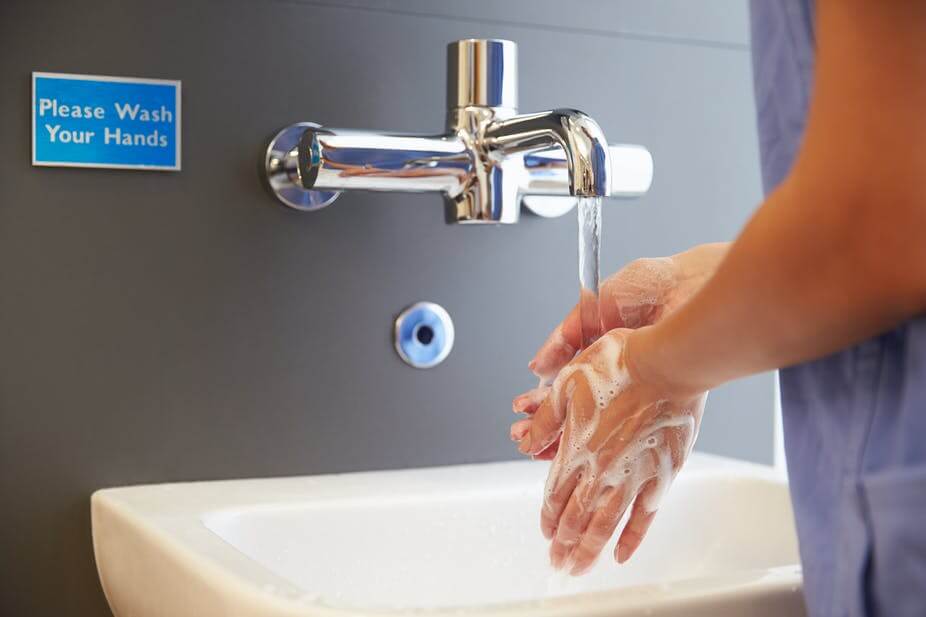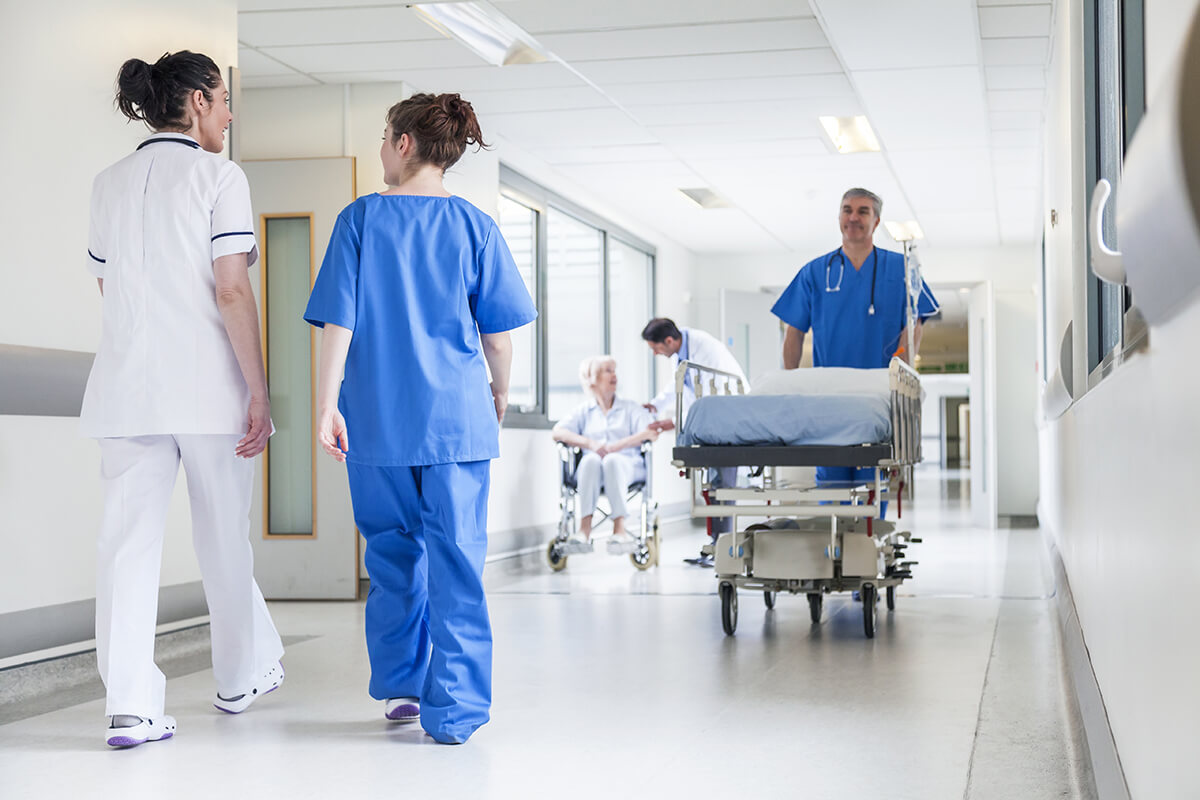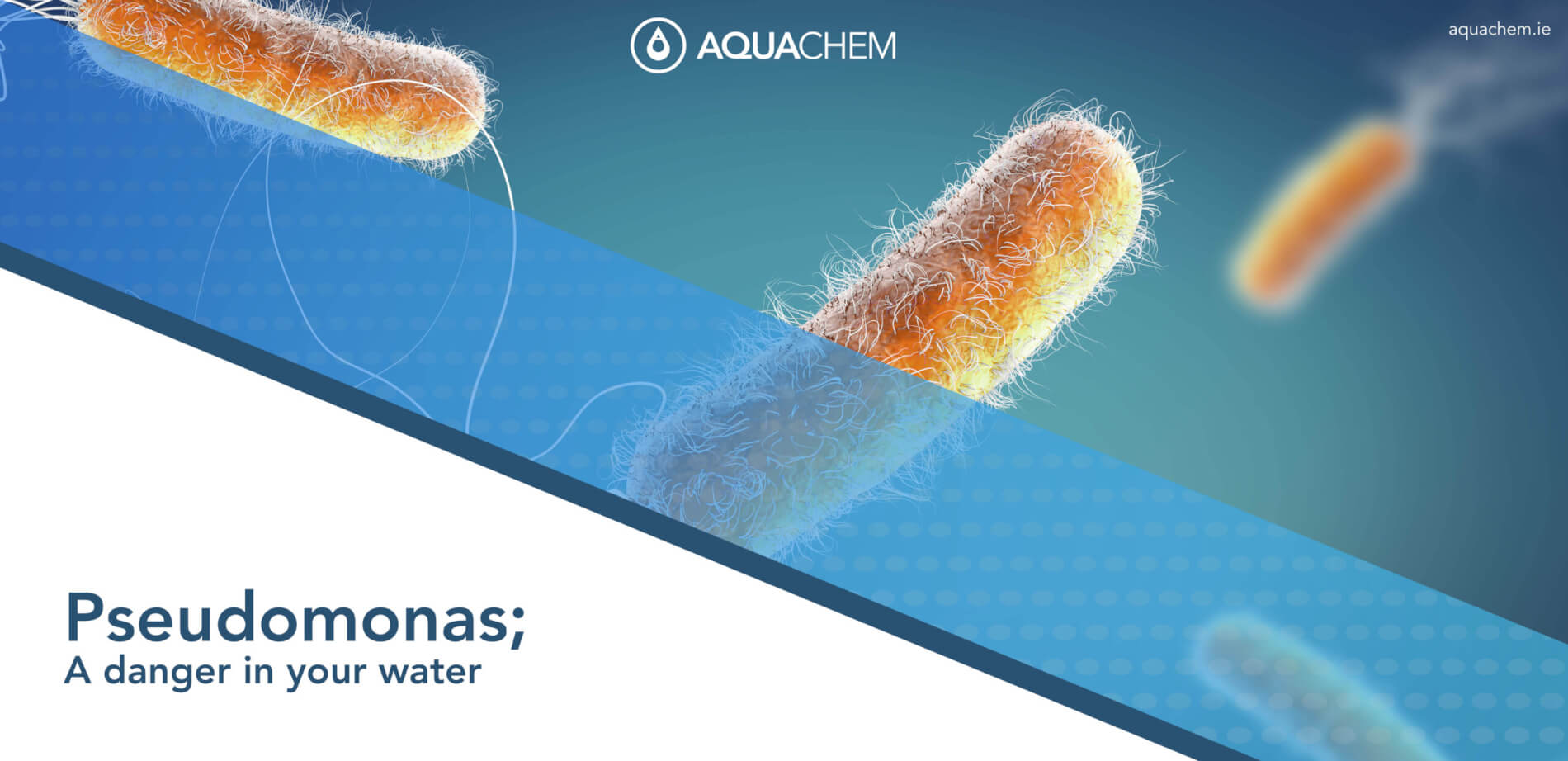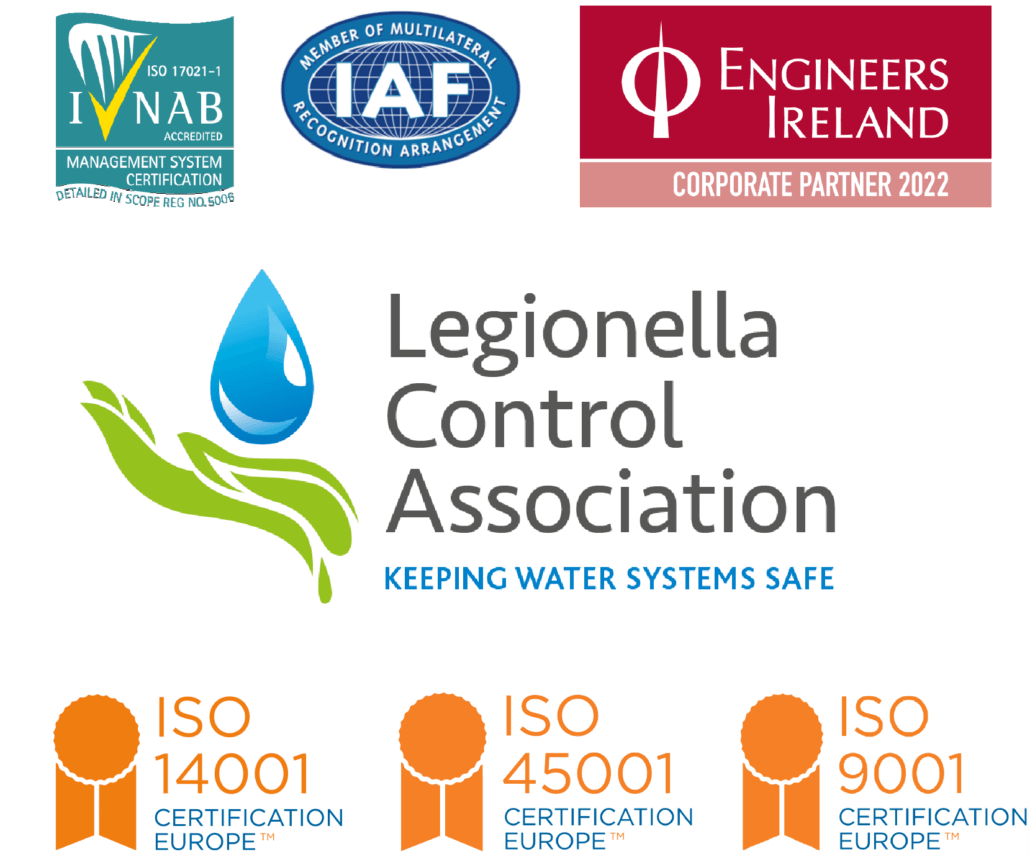Pseudomonas; A danger in your water
In recent years there has been an increase in published evidence relating to outbreaks and incidents in augmented care units related to Pseudomonas aeruginosa.
Pseudomonas is a species of bacteria which can be found in your water supply, while the majority of pseudomonas species are not harmful to humans, when in a healthcare setting the specific form, pseudomonas aeruginosa, they can cause serious infections and illnesses in immunosuppressed patients
This form of bacteria is similar to Legionella in the sense it thrives in relatively nutrient-poor water environments, and they will produce biofilm on surfaces, making them extremely tough to remove. Although similar they are still very different – Pseudomonas is a much more complex bacteria as it can grow at low temperatures. It also grows more rapidly than legionella and the pass level is not detected in 250 ml which is extremely exacting.
It is so important that when it comes to water treatment, all aspects of microbiological control within water systems in healthcare premises is considered. The incident in Belfast has given everybody in the healthcare industry a stark reminder of the importance of considering every aspect of microbiological control, including pseudomonas.

P. aeruginosa biofilms in water supply
P. aeruginosa is usually present in biofilms although they may also be present in low numbers, on occasion, in the water supplied to the hospital.
Biofilms will be found on plumbing materials in the water system and in most cases, P.aeruginosa will be concentrated within 2 metres of the point of water delivery at the outlet, i.e. tap / shower heads

Pseudomonas infections are considered opportunistic infections, this means that the organism only causes disease when a person’s immune system is already impaired, which is why it is most commonly associated with healthcare settings. If it is found in the water supply it has the potential to cause infections in almost any organ or tissue, especially in patients compromised by underlying disease, age or immune deficiency.
Its significance as a pathogen is exacerbated by its resistance to antibiotics, virulence factors and its ability to adapt to a wide range of environments.
The first thing that should be considered when preventing the growth of pseudomonas in water systems is that in many cases pseudomonas growth is also directly related to legionella growth, and similar treatment regimens should be used for the control of both.
How it differs from legionella
Transmission
A significant difference between legionella bacteria and pseudomonas bacteria is the route of infection. Inhalation of very small droplets of water is the single root cause for the development of Legionnelosis (Legionnaires Disease), whereas Pseudomonas infection can be transferred from person-to-person, or surfaces etc. which means that standard good hygiene practises, to prevent cross contamination within a healthcare setting, are essential in preventing pseudomonas infections.
In healthcare settings, it is spread through improper hygiene, such as from the unclean hands of healthcare workers, or via contaminated medical equipment that wasn’t fully sterilized. When hospitalized, you have a higher risk for a serious, life-threatening Pseudomonas infection if you have surgical wounds or are being treated with a breathing machine, such as a ventilator, or other medical devices, such as urinary or intravenous catheters.
Contaminated water in a hospital setting can transmit P. aeruginosa to patients through the following ways:
- direct contact with the water through:
- ingesting
- bathing
- contact with mucous membranes or surgical site, or
- through splashing from water outlets or basins (where the flow from the outlet causes splashback from the surface);
- inhalation of aerosols from respiratory equipment, devices that produce an aerosol or open suctioning of wound irrigations;
- medical devices/equipment rinsed with contaminated water;
- indirect contact via healthcare workers’ hands following washing hands in contaminated water, from surfaces contaminated with water or from contaminated equipment

Exposure to contaminated water can also cause mild P. aeruginosa infections in healthy people. For instance, inadequately disinfected hot tubs and swimming pools can cause P. aeruginosa ear infections and skin rashes..
During cleaning, there is also a risk of contaminating tap outlets with microorganisms, if the same cloth is used to clean the bowl of the hand basin before the tap. These bacteria may be of patient origin, so it is possible that bacteria, including antibiotic resistant organisms, could seed the outlet, become resident in any biofilm and have the potential to be transmitted to other patients.
Growth
One of the main differences between legionella and pseudomonas species is the temperature range of growth.
Legionella species grow very slowly, if at all, when the temperature is below 20°c and are killed at elevated temperatures above 50°c.
Unlike Pseudomonas, where this species will grow down to 5°c, their growth in cold water systems can therefore be more of a problem.
Minimising the risks
Due to the nature of this specific type of bacteria it is important that your water is monitored, and the risks are kept to a minimal. A risk assessment should be undertaken to identify actions to mitigate risks and ensure appropriate sampling, monitoring and clinical surveillance arrangements are being implemented and adhered to.
Everything covered by the “risk assessment remedial actions and monitoring regime” should be undertaken to fight against the colonisation and proliferation of pseudomonas. If all remedial actions have been completed and all on-going monitoring, such as flushing and temperature controls, are maintained and the problem persists it may be necessary to implement a chemical dosing regime to the water system on site.
To minimise the risk of pseudomonas, it is essential to ensure that there is no stagnation of the cold water system and the cold water tanks are maintained, cleaned and disinfected as necessary. Actions such as the removal of unused pipework (deadlegs), oversized water tanks etc. are actions which can also be taken to minimise this risk.
Conclusion
Healthcare industries are home to the most vulnerable people and so it is vitally important their health and safety for staff and patients is number one priority, this includes their water supply.
No longer is it acceptable to only sample for waterborne pathogens where we understand there may be an issue (as was the case with Legionella), instead, a proactive water sampling regime for all augmented care outlets which have direct or indirect patient contact is advised every six months. Extensive re-sampling and remedial works are required at outlets that test positive for P. aeruginosa.
With its impressive resourcefulness, ability to develop resistance to multiple antibiotics, and alarming virulence among the immunosuppressed, pseudomonas aeruginosa infections have been a problem for a long time. However, it is only relatively recently that we have truly begun to understand the crucial role that our hospital water systems play in the transmission of this opportunistic waterborne pathogen.








